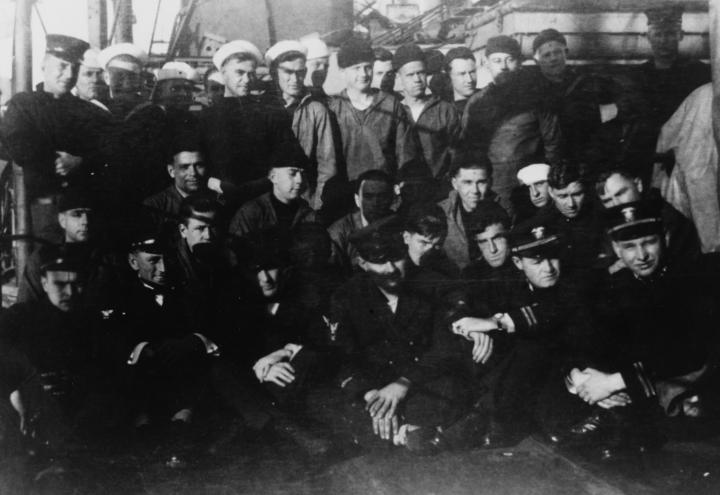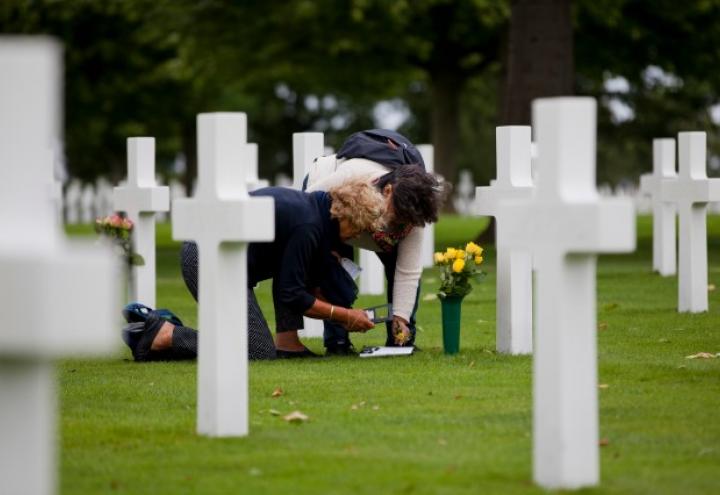
Forces of U.S. Navy Destroyers that came to Ireland in 1917 served as one of the first, American military units to arrive in Europe during World War I.

At the Netherlands American Cemetery, the Foundation for Adopting Graves at the American Cemetery Margraten and its long-standing grave adoption program received an important designation this year from the government of the Netherlands.

In World War II, the Korean War and the Vietnam War, millions of Americans served far from home. In the various conflicts, service members fought in the waters of the Atlantic and Pacific. They traversed mountains in Italy, France, Korea and Vietnam.
The chapel at Normandy American Cemetery is undergoing renovation work. While the chapel remains open during this time, elements in the chapel have been removed for refurbishment and/or protection from dust and dirt. The impact to visitors will be minimal.

On November 2, 2017 Pope Francis conducted a mass at Sicily-Rome American Cemetery in Nettuno, Italy, to coincide with All Souls Day — a Catholic holy day of obligation set aside to remember loved ones who have passed on. As the first official visit by a Pope to an overseas, Ame

Due to maintenance work, the visitor center at Pointe du Hoc will be closed on November 28, 2017 from 9:00 a.m. to 1:30 p.m. However, the site and restrooms will remain open during this time.
Individuals, schools, and even local towns have adopted gravesites at our cemeteries. This weekend the city hall of Saint Remy, France adopted the gravesites of seven soldiers who are buried in Epinal American Cemetery. Pfc. John McCarthy, Pfc. James Brown, Pvt. Gorden Porter, Pvt.

ABMC's 2017 Veterans Day message features Marine Col. Wayne Sinclair, who explains the importance of the youngest generation understanding what it means to serve. Watch the message below.
In honor of Veteran’s Day, 19 new World War II lesson plans are being released on the award-winning, ABMCeducation.org.
